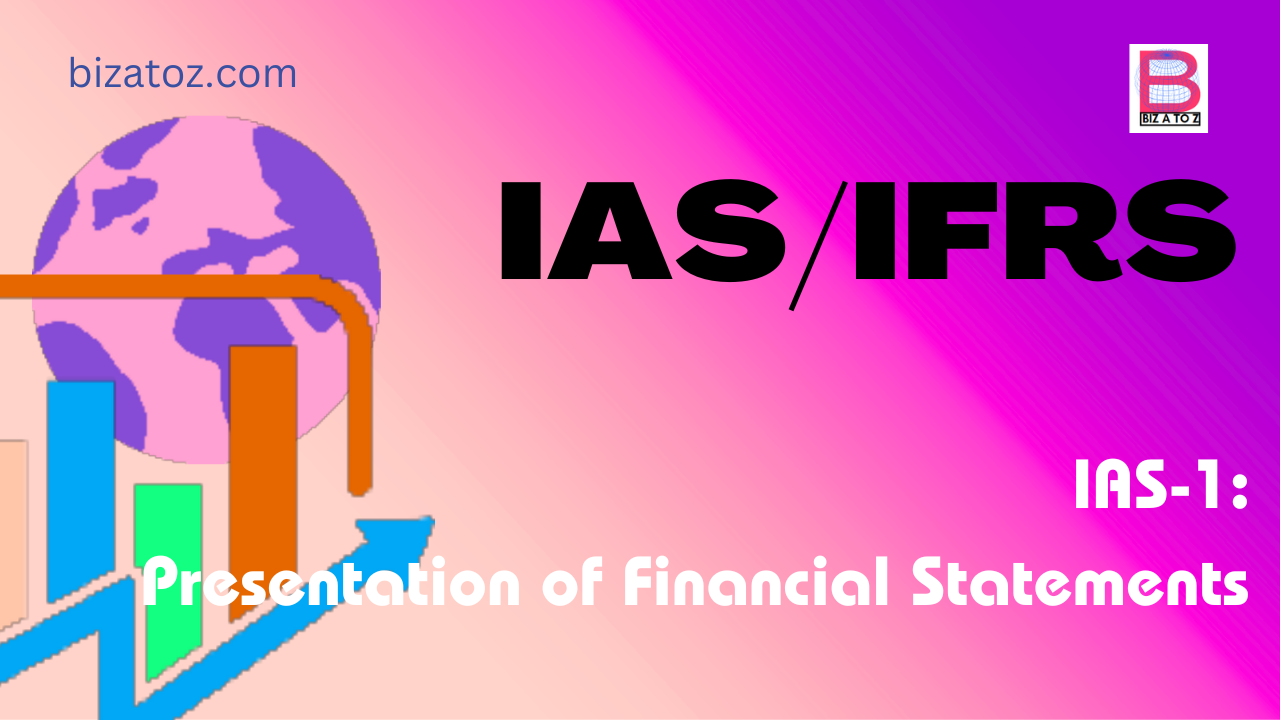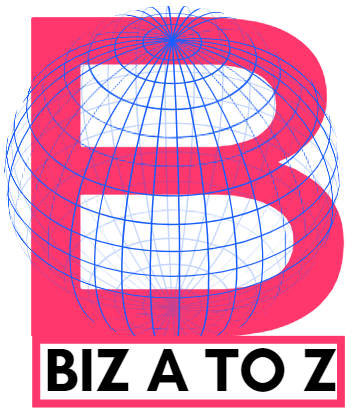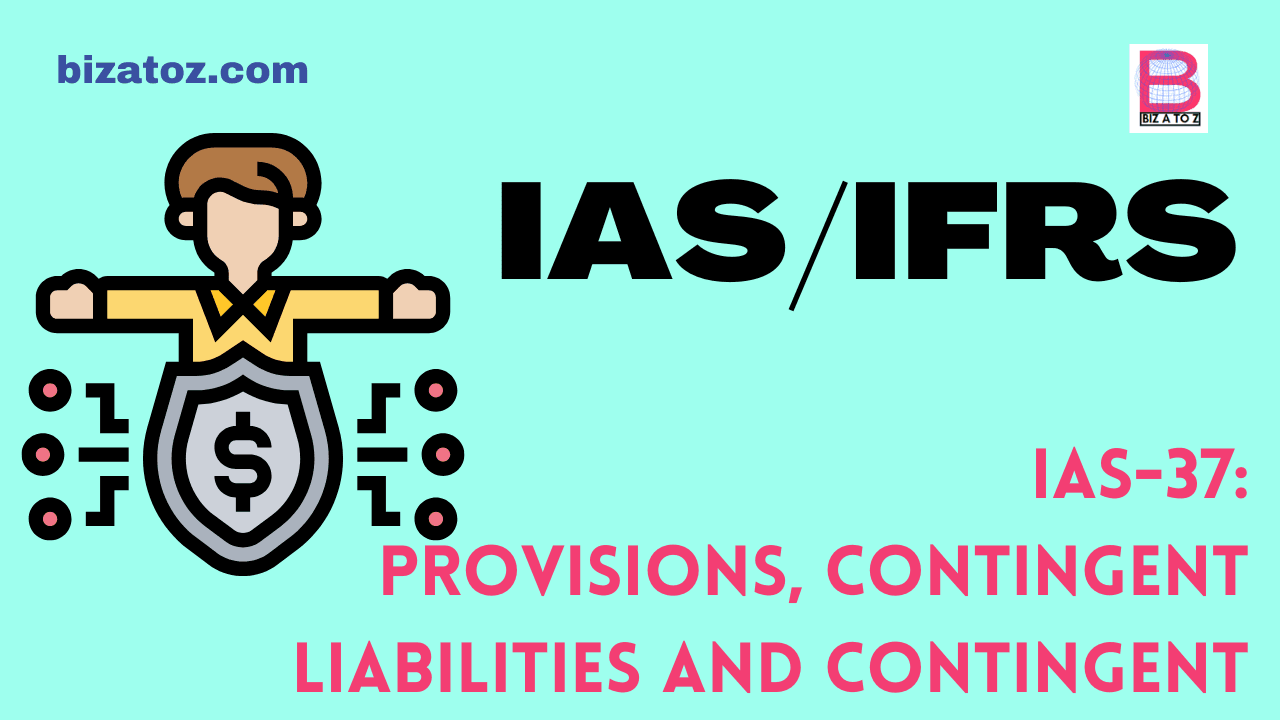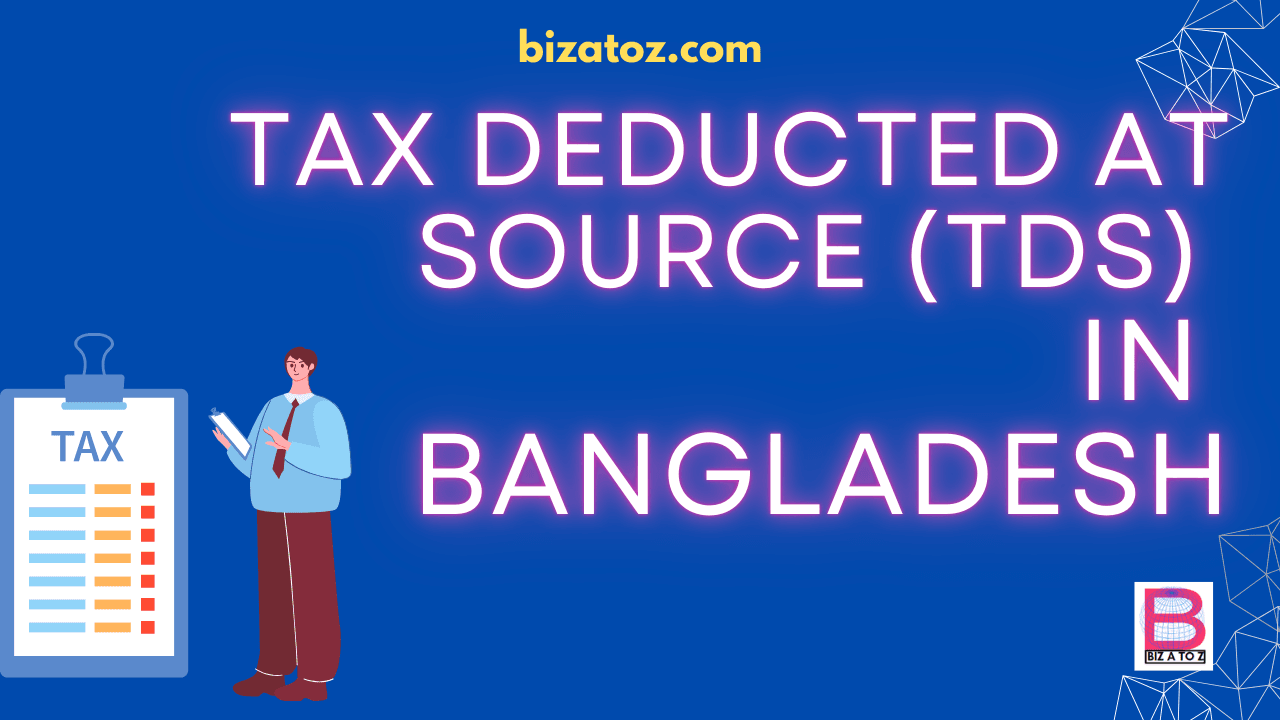
Commencing the Journey into IAS-1:
International Accounting Standard 1, also known as IAS 1 is about Presentation of Financial Statements. It’s the guide that ensures every company speaks the same financial language, making their stories not only transparent and fair but also easily comparable. Imagine diving into a board game with friends and agreeing on the rules so that everyone can compete fairly. International Accounting Standard (IAS) 1 does just that for companies, laying down the groundwork for presenting financial statements in a way that’s not only easy to understand but also ensures a level playing field for comparisons. The objective of this article is to explain IAS-1 in an easier approach and use less technical jargon.
Objective:
The objective of IAS 1 is mentioned in para 1 of the standard, this has been explained in a more simplified way here.
1. IAS 1 helps companies show their money (financial) reports in a way that users can easily compare them. It makes sure that users can look at a company’s financial statements from different times and compare them with other companies. It tells us how to organize these money (financial) reports and what information must be included.
Examples:
Think of different gamers playing the same video game. IAS 1 is like making sure they all use the same scoring system. So, when they compare scores, it’s fair and easy to see who’s the top player.
Imagine friends sharing recipes. IAS 1 is like agreeing on a standard way to write recipes, making it easy for everyone to understand and cook the dishes the same way.
Assume students taking a test. IAS 1 is like having the teacher use the same grading scale for everyone. This way, students can compare their scores and see how well they did in the class.
Scope:
The scope of IAS-1 is mentioned in para-2-6 which has been summarized and explained in a more simplified way here.
2. IAS-1 is like a set of rules for drawing a picture of a company’s money. Companies must follow these rules (IFRSs) when they create their financial drawings.
3. Other rules (IFRSs) tell companies how to use specific colors (recognize, measure, and disclose things) in their drawings.
4. IAS 1 doesn’t talk about short-term financial reports (IAS 34: Interim Financial Reporting), except for a few paragraphs (15–35). It applies to all kinds of companies, whether they show combined or separate money (financial) reports using IFRS 10 or IAS 27.
5. IAS 1 uses words (terminology) that work for companies that make money (profit-oriented). If a company doesn’t make money in the usual way (not-for-profit), they might need to use different words (amend) for their drawings.
6. Some artists (companies) use different tools (like mutual funds) or have different kinds of drawings (like co-operative entities). IAS 1 says they might need to adjust how they show certain things in their pictures. Companies without equity (like some mutual funds) and those with share capital not considered equity (like some co-operative entities) might need to adjust how they show the interests of their members or unit holders in the financial statements.
Details of IAS-1 are available at IFRS website.
Read about IAS to IFRS transitions: Why IAS transitioned to IFRS?
This article is written by Monir Bhuiyan, a member of ACCA (Association of Chartered Certified Accountants) and ICAB (Institute of Chartered Accountants of Bangladesh).







whoah this weblog is magnificent i like reading your posts. Stay up the good paintings! You know, a lot of individuals are searching around for this info, you could aid them greatly.